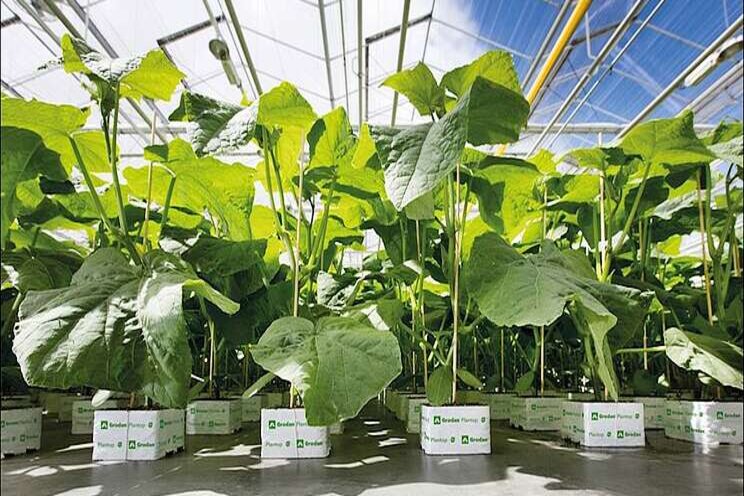Refreshing solutions to preserve water in times of drought
Added on 19 June 2020

Smart Water Management
We believe the horticultural sector plays an important role in reducing the amount of water that's used for fresh food production. In fact, with high-tech greenhouses and the use of sustainable, water efficient stone wool growing media solutions, we can make a huge contribution to a reduction of water, fertilizer and land use. With smart(er) water management we can even make a bigger impact. For some practical tips to get started, check our best practice guidelines for greenhouse water management.
Refreshing solutions
Apart from smart water management, there are other things we can and should do to preserve more water in both agriculture and horticulture. Luckily, several other great initiatives are currently being deployed. A few examples I particularly like:
1. Waterbank Westbank: a network that aims to connect several greenhouses to each other in the west of the Netherlands. These greenhouses can exchange surpluses of water, maintain the right balance between pouring and ground water, and prevent salinization of the ground water.
2. Drip irrigation is getting more known and used in the agricultural sector. This method, which gives water to crops very precisely, has been used in the horticultural sector for a long time already (and can be steered with our stone wool growing media). But in the agricultural sector, this is relatively new: a few pilots have been set up in the Netherlands, but more research on this technique is needed.
3. National watering can: there are also talks in the Netherlands of a "national watering can" at the Veluwe, a nature area in the Netherlands. The idea is to tap fresh water from the Maas and Rijn rivers and store this underground at the Veluwe. Also for this solution, further research needs to be done.
Clear facts
Our steerable stone wool growing media also play an important role in reducing water in the greenhouse. The facts are crystal clear: under regular circumstances, growing 1 kg of tomatoes in the field requires at least 60 liters of water, whereas in hydroponic greenhouse cultivation it is only15 litres? A further reduction to 4 liters per kilo can be made by using state of the art greenhouse technology. The savings come from more efficient water application methods, like irrigation measurement at the crop or drain water re-use.
To summarize, let's take a critical look at the use of water in agriculture and horticulture and let's cherish some of the great examples of water efficiency initiatives mentioned and exchange expertise. With the increase of droughts in the years to come, we need to stand up now and manage our precious water.
Source and Photo Courtesy of Grodan Products
Source: Grodan
More news















